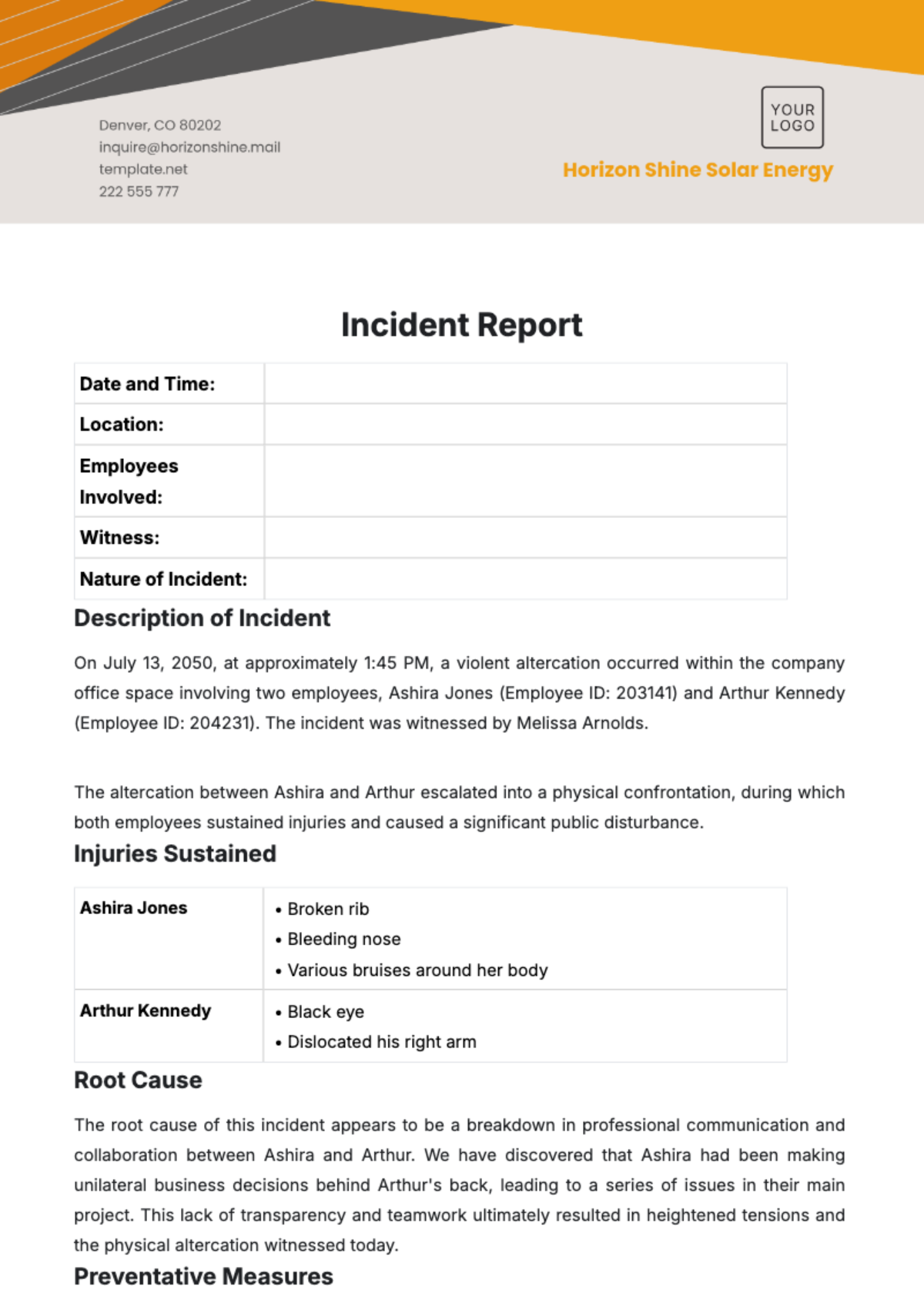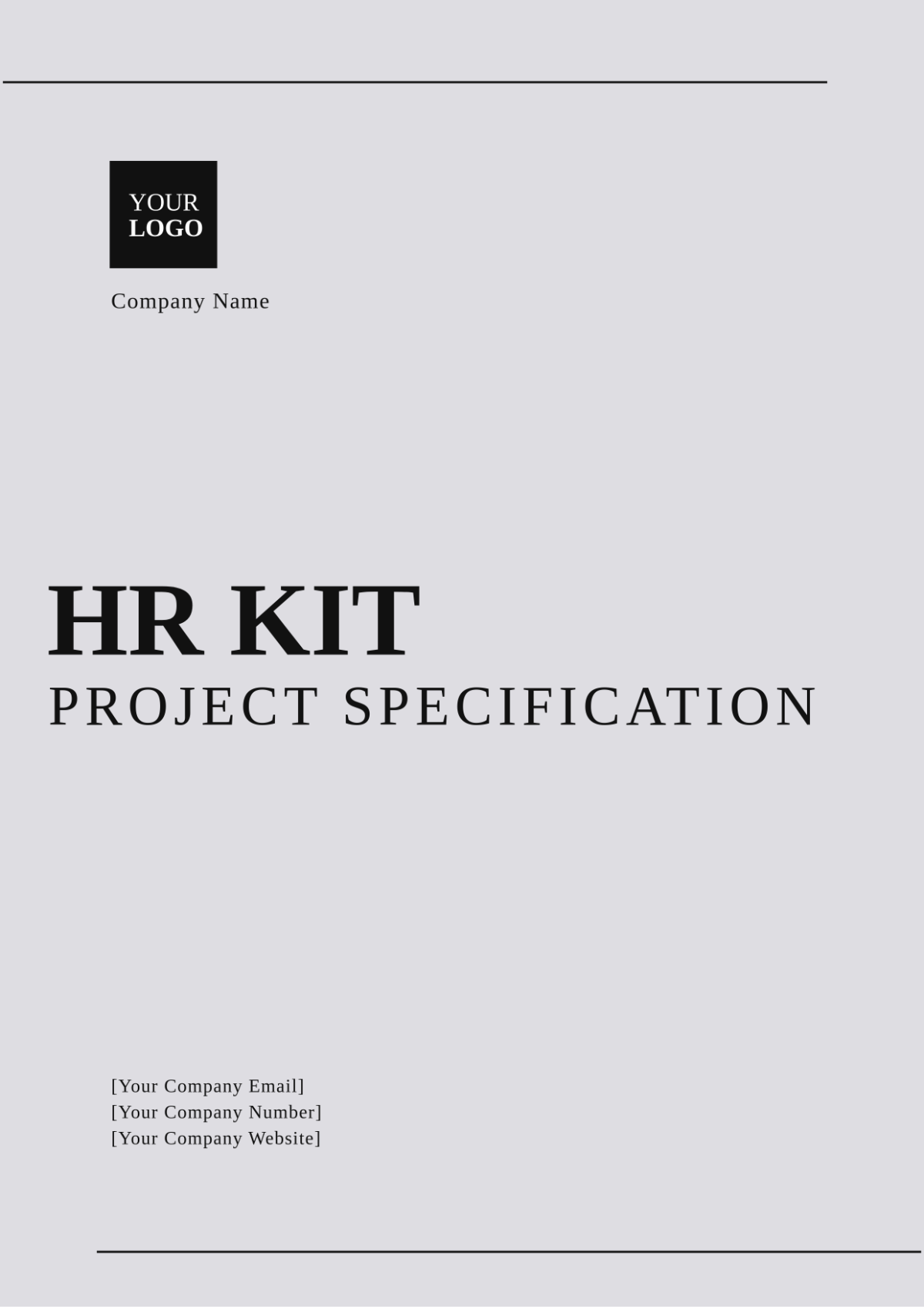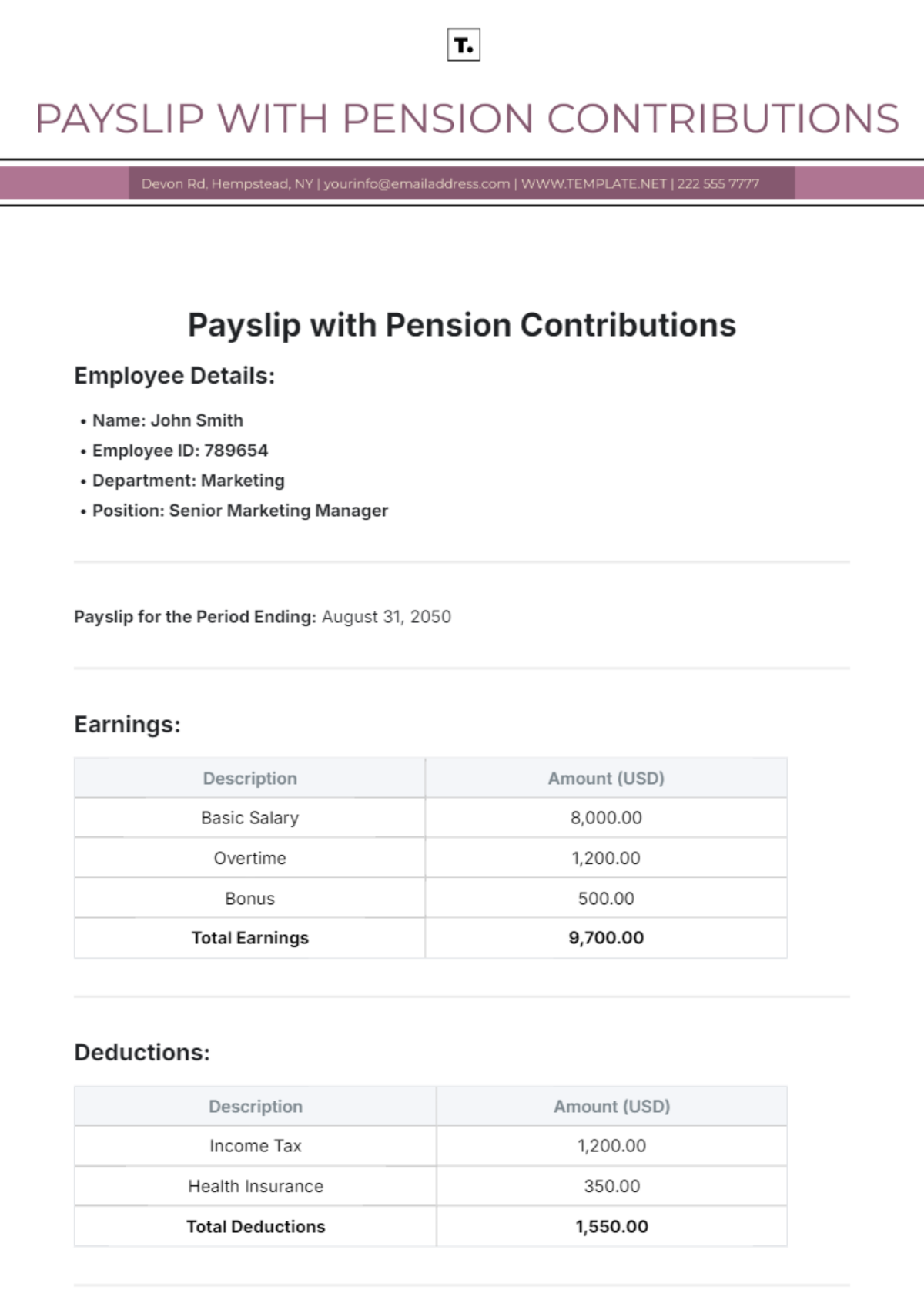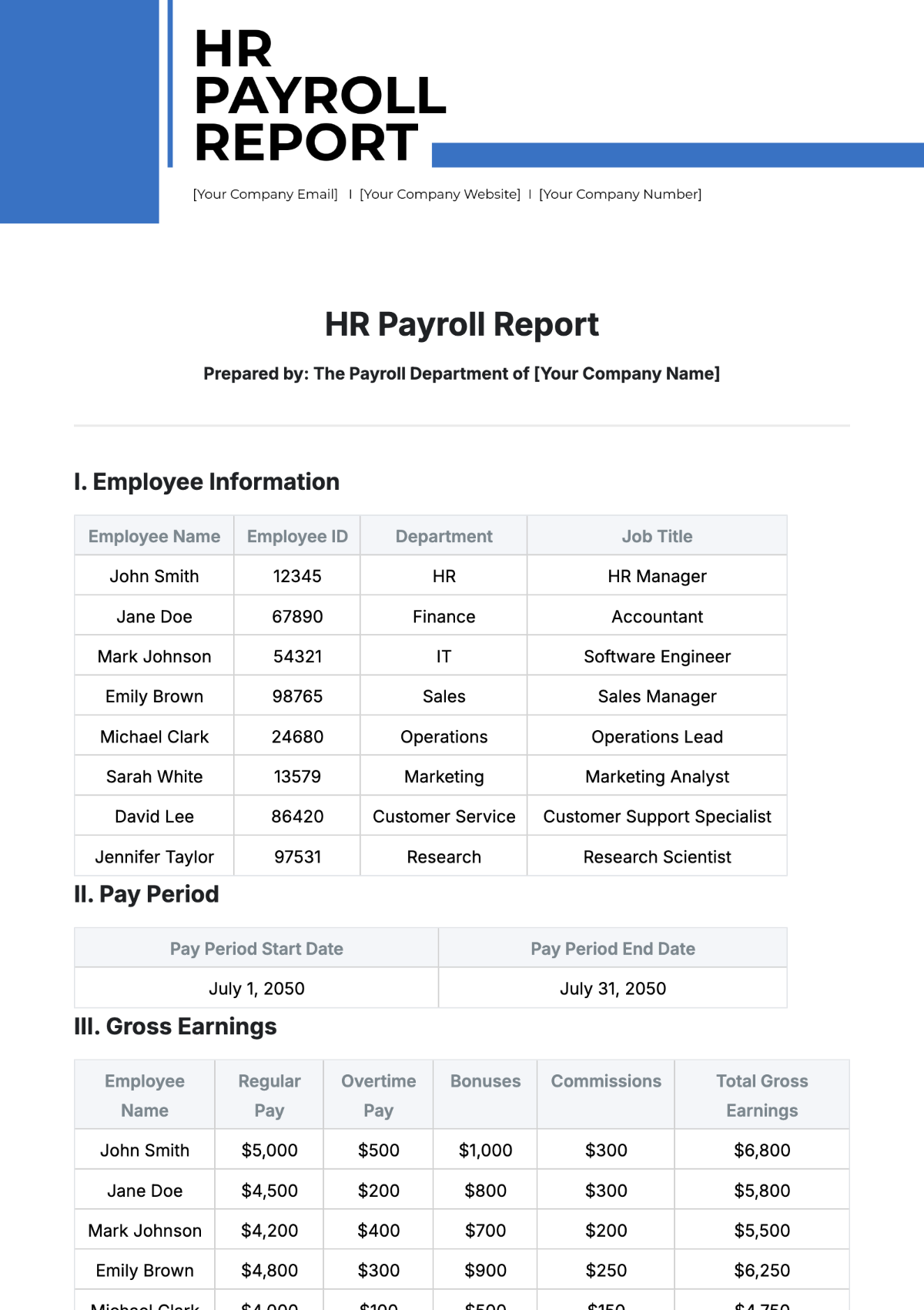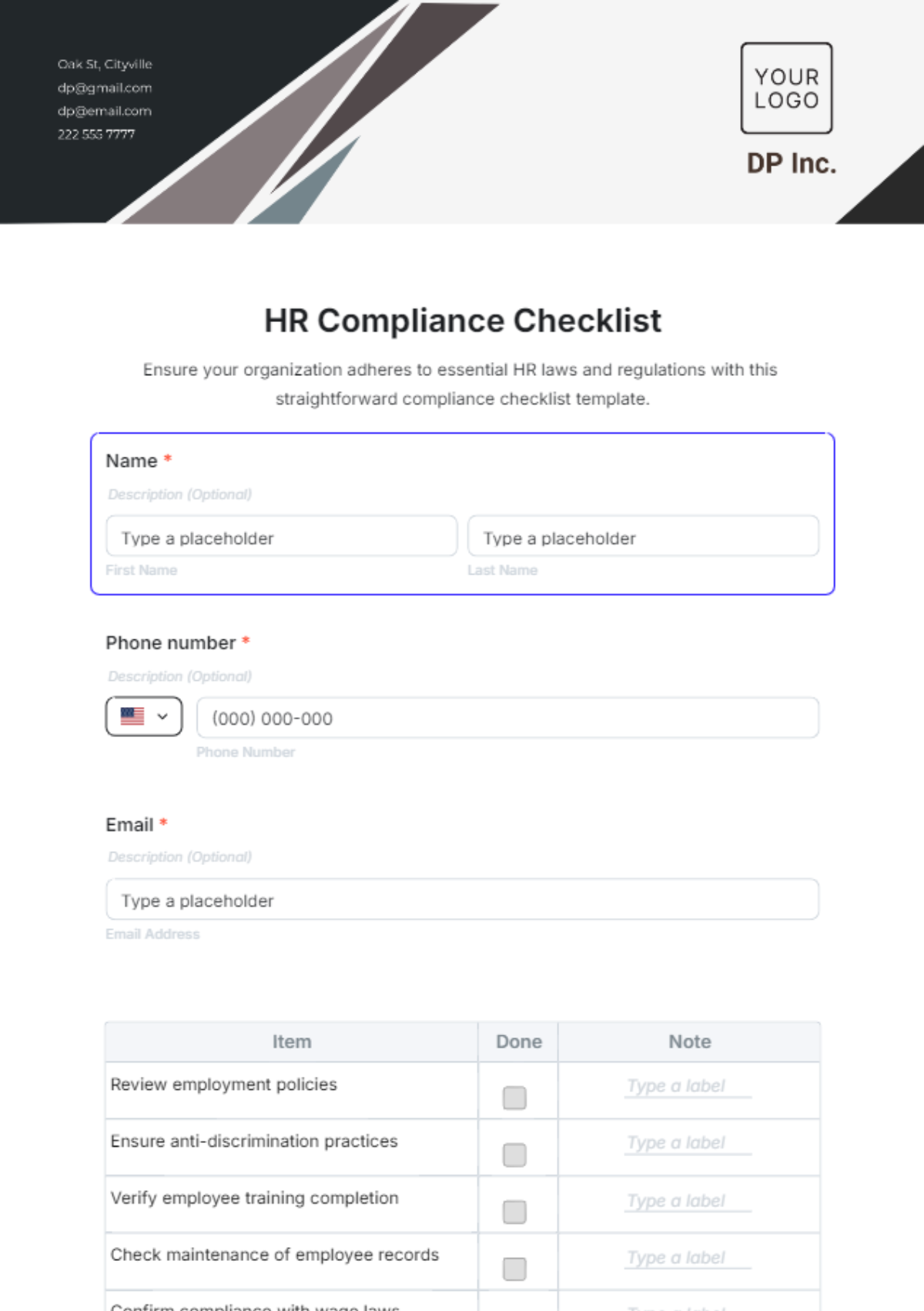Effective Feedback Guide
TABLE OF CONTENTS
1. Introduction .......................................................................................................3
Purpose of the Guide ........................................................................................................3
Scope ...............................................................................................................................3
Confidentiality ..................................................................................................................3
2. Understanding Feedback ........................................................................................3
Definition of Feedback ......................................................................................................3
Importance of Feedback ...................................................................................................3
Types of Feedback ...........................................................................................................3
3. Providing Effective Feedback .................................................................................4
Preparation .......................................................................................................................4
Delivery ............................................................................................................................4
Constructive Feedback .....................................................................................................4
Positive Feedback .............................................................................................................5
4. Receiving Feedback .................................................................................................5
Receptivity ........................................................................................................................5
Active Listening ................................................................................................................5
Responding to Feedback ..................................................................................................5
5. Feedback Scenarios .................................................................................................6
Performance Evaluation ....................................................................................................6
Conflict Resolution ............................................................................................................6
Professional Development ................................................................................................6
6. Feedback Form ..........................................................................................................6
Employee Information: ......................................................................................................6
Feedback Source: .............................................................................................................6
Types of Feedback: ..........................................................................................................7
Feedback Summary: .........................................................................................................7
Detailed Feedback: ...........................................................................................................7
Positive Feedback: ............................................................................................................7
Constructive Feedback: ....................................................................................................8
Action Plan: .......................................................................................................................8
Employee's Response: ......................................................................................................8
Employee's Acknowledgment: ..........................................................................................9
7. Conclusion .................................................................................................................9
Acknowledgment of Receipt .............................................................................................9
Contact Information ..........................................................................................................9
Introduction
Purpose of the Guide
The Effective Feedback Guide is designed to equip Your Company Name employees with the knowledge and skills needed to provide and receive feedback constructively and productively. Effective feedback is crucial for individual and organizational growth and development.
Scope
This guide applies to all Your Company Name employees and covers various aspects of feedback, including its definition, importance, and practical strategies for providing and receiving feedback effectively.
Confidentiality
The information contained in this guide is considered confidential and should not be shared with unauthorized individuals or external parties. Violation of this confidentiality may result in disciplinary action.
Understanding Feedback
Definition of Feedback
Feedback is the process of providing information, observations, or comments about an individual's performance, behavior, or actions. It can be both positive and constructive and is aimed at facilitating improvement and growth.
Importance of Feedback
Feedback is essential for the following reasons:
Performance Improvement: It helps individuals identify strengths and areas for improvement.
Enhanced Communication: It fosters open and honest communication within teams.
Conflict Resolution: It aids in resolving conflicts and misunderstandings.
Professional Development: It supports the continuous learning and development of employees.
Types of Feedback
Feedback can be categorized into the following types:
Positive Feedback: Acknowledges and reinforces desired behaviors and achievements.
Constructive Feedback: Addresses areas needing improvement with specific suggestions for change.
Formal Feedback: Typically part of performance evaluations and structured feedback sessions.
Informal Feedback: Spontaneous feedback provided in day-to-day interactions.
Providing Effective Feedback
Preparation
Before providing feedback, consider the following:
Clarity: Be clear about the purpose and objectives of the feedback.
Timing: Choose an appropriate time and place for feedback.
Specificity: Ensure your feedback is specific and focused on behaviors or actions.
Emotional State: Assess your own emotions and approach feedback with a calm and composed demeanor.
Delivery
When delivering feedback:
Use "I" Statements: Express your observations and feelings using "I" statements.
Be Specific: Provide examples or specific instances to support your feedback.
Focus on Behavior: Address behaviors or actions rather than making personal judgments.
Ask for Input: Encourage the recipient to share their perspective and solutions.
Constructive Feedback
Constructive feedback aims to help individuals improve by addressing areas of concern. When providing constructive feedback:
Start with Positives: Begin with positive aspects before addressing areas needing improvement.
Be Specific: Clearly outline the behavior or issue that needs attention.
Offer Solutions: Suggest actionable steps for improvement.
Encourage Dialogue: Invite the recipient to ask questions or seek clarification.
Positive Feedback
Positive feedback reinforces desired behaviors and achievements. When providing positive feedback:
Be Genuine: Ensure your compliments are sincere and specific.
Highlight Impact: Explain how the individual's actions have positively influenced the team or organization.
Express Appreciation: Show gratitude for the effort and dedication demonstrated.
Receiving Feedback
Receptivity
To receive feedback effectively:
Stay Open-Minded: Approach feedback with an open and receptive attitude.
Avoid Defensiveness: Resist the urge to become defensive or dismissive.
Listen Actively: Focus on understanding the feedback, not just responding to it.
Active Listening
Active listening is crucial when receiving feedback:
Maintain Eye Contact: Show that you are engaged and attentive.
Ask Clarifying Questions: Seek clarification if something is unclear.
Reflect and Summarize: Repeat what you've heard to ensure understanding.
Responding to Feedback
Respond to feedback constructively:
Express Appreciation: Thank the giver for their feedback, regardless of its nature.
Ask for Examples: Request specific examples to better understand the feedback.
Discuss Next Steps: If applicable, discuss how you plan to address the feedback and improve.
Feedback Scenarios
Performance Evaluation
During performance evaluations, feedback is provided to assess an employee's performance against established goals and expectations. It includes both positive reinforcement and constructive guidance for improvement.
Conflict Resolution
Feedback is a valuable tool for resolving conflicts. It allows parties involved to express their concerns, understand each other's perspectives, and work toward a resolution.
Professional Development
Feedback plays a significant role in professional development. It helps employees identify areas for skill enhancement and career growth opportunities.
Feedback Form
Please use the following feedback form to document feedback exchanges within [Your Company Name]. This form is designed to facilitate the collection of constructive input, whether for performance evaluations, conflict resolution, or professional development discussions.
Employee Information:
Employee's Name: Sally Larson
Department: Accounting
Position: Junior Accountant
Date of Feedback Session: September 1, 2050
Feedback Source:
Supervisor/Manager: [Your Name]
Peer: Ted Diaz
Subordinate: Belle Zellers
Customer/Client: Jennifer Elmore
Types of Feedback:
Positive Feedback
Constructive Feedback
Formal Feedback
Informal Feedback
Feedback Summary:
Please provide a brief summary of the feedback exchanged during the session:
During our feedback session with Sally Larson, we discussed her performance as a Junior Accountant. The session was constructive and focused on both positive aspects and areas for potential improvement.
Detailed Feedback:
In the sections below, document the specific feedback points discussed during the session. Be sure to include examples or instances to support your feedback.
Positive Feedback:
Sally, I want to commend you for your exceptional performance as a Junior Accountant. Your dedication to your work and commitment to accuracy have not gone unnoticed. Here are some specific examples of your positive contributions:
Job Knowledge and Skills: Your proficiency in accounting principles and software is impressive. Your ability to swiftly analyze financial data and identify discrepancies has greatly benefited our team.
Quality of Work: Your work consistently exhibits a high level of precision and attention to detail. I've received positive feedback from colleagues and clients regarding the accuracy of your financial reports.
Communication and Collaboration: Your open and effective communication style has fostered a positive working environment. You are always ready to assist team members, providing guidance and support when needed.
Adaptability and Initiative: Your proactive approach to adapting to changes in financial regulations and your willingness to take on additional responsibilities demonstrate your commitment to our team's success.
Attendance and Punctuality: Your punctuality and consistent attendance have contributed to the overall efficiency of our department. Your reliability is greatly appreciated.
Teamwork and Interpersonal Skills: Your ability to collaborate seamlessly with your colleagues has strengthened our team dynamics. Your positive attitude and willingness to help others are commendable.
Problem Solving and Decision Making: Your effective problem-solving skills and ability to make sound decisions, especially when faced with complex financial issues, have proven invaluable.
Constructive Feedback:
While your performance has been consistently strong, there is always room for growth. One area that we could focus on for improvement is your ability to prioritize tasks during peak workloads. Occasionally, you may find yourself juggling multiple tasks, and refining your time management skills could further enhance your efficiency.
Action Plan:
Outline any action steps or recommendations resulting from the feedback session:
To help you continue to excel, let's work together on the following:
Time Management Training: I recommend enrolling in a time management training course or seeking guidance from colleagues who excel in this area. This will help you refine your ability to prioritize tasks effectively.
Regular Check-Ins: We will schedule regular check-in meetings to monitor your progress and discuss any challenges or questions you may have.
Employee's Response:
If applicable, document the employee's response to the feedback and any commitments made:
Thank you for the feedback and the constructive suggestions, Supervisor. I appreciate the recognition of my efforts and will definitely work on improving my time management skills. Looking forward to our regular check-ins to track my progress.
Supervisor/Feedback Provider's Signature: __________________________
Date: September 1, 2050
Employee's Acknowledgment:
I acknowledge that I have received and discussed the feedback provided during this session. I understand the feedback and agree to take the necessary steps for improvement or further development.
Employee's Signature: __________________________
Date: September 1, 2050
Please ensure that this feedback form is retained for future reference and that a copy is provided to the employee for their records. Your commitment to providing and receiving feedback is essential to our continuous improvement and growth as a team.
Conclusion
Acknowledgment of Receipt
I, Sally Larson, acknowledge that I have received and read the Effective Feedback Guide of [Your Company Name]. I understand its contents and commit to applying the principles and techniques outlined in this guide to provide and receive feedback effectively.
Employee's Name: Sally Larson
Signature: __________________________
Date: September 1, 2050
Contact Information
For any questions or additional guidance related to feedback, please contact [Your Company Name] at [Your Company Email]. We are here to support your feedback initiatives and promote a culture of continuous improvement.


